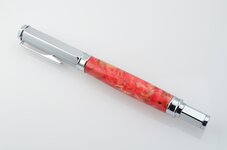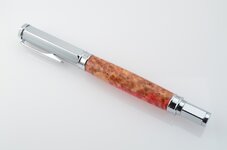KCW
Member
I was excited to use dye in my juice for the first time, and I had read that I need to put way more dye in than seemed right, so I did, and I still got pink. I don't know where I went wrong, but after seeing the redwood finished, I sure wish I hadn't messed with it. I also don't know why part of the wood didn't take the dye. Any comments or help are appreciated.




